Status and Distribution
Uncommon and local in southern and eastern England and the Midlands. There has been a small but significant increase in records since around 2000 during which time it extended its range northwards into north-west England and north Wales. Outside these areas, a single record is listed for Cornwall in approximately the late nineteenth century and also historically from north-east Yorkshire (no date). Significantly, no reference is made to this last record in the Butterflies and Moths of Yorkshire by S. L. Sutton and H. E. Beaumont (1989) or the Millenium Review by H. E. Beaumont (2002).
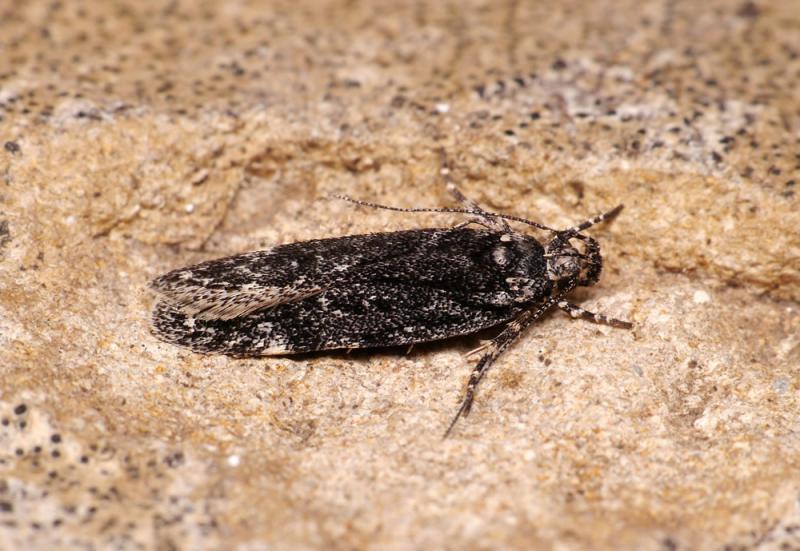
Provisional map
Foodplant and Larval Feeding Signs
Populus tremula (aspen), see plant distributon map, Populus alba (white poplar) and Populus canescens (grey poplar). In Europe also utilises Populus nigra (black poplar) and Salix spp.
Feeds between two spun leaves.
Habitat
Found in woodlands, riversides and suburban areas where the foodplants occur.
Finding the Moth
Larva: between two leaves spun together. In Europe also reported to feed on the catkins of both Populus and Salix spp.
Adult: at rest on tree trunks of aspen and poplar during the day and later comes to light.
Similar Species
A large blackish gelechiid with abdominal segments one to three ochreous yellow and lacking the triangular tuft of scales on segment two of the labial palps. Gelechia muscosella is only slightly smaller on average, but has a white, black-centred spot in the middle of the forewing and is more grey coloured.
Single brooded in July and August. June is added to the flight period in Emmet and Langmaid (2002) as well as in the European literature. To date, no records have been found or submitted to the scheme that suggest adult emergence occurs any earlier than the last week of June in the British Isles.
Earliest: 25th June 1982 (VC22)
Latest: 9th September 2011 (VC33)


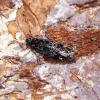
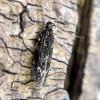
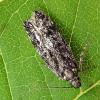
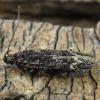
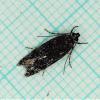
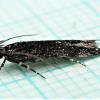
_0.jpg)